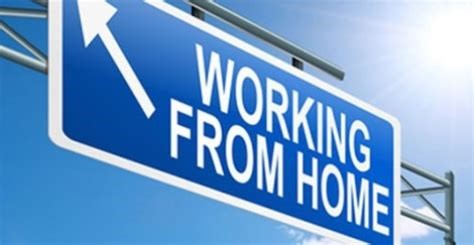
Today’s Morning Buzz is brought to you by Brent Olson, Emergency Management Director at the City of Phoenix. Follow Brent on LinkedIn
What I’m Reading: “How to Think Like a Roman Emperor: The Stoic Philosophy of Marcus Aurelius” by Donald Robertson
What I’m Watching: WestWorld on HBO
I’ve been wracking my brain over the last couple of weeks trying to figure out what to write for today’s Morning Buzz. It came to me when I sat down at my desk and going over my priorities for the week. Top of my list was hiring for open positions in my office and having difficulty getting the process moving forward, since other departments and divisions are also working to get essential positions filled. It is amazing to me how much two and a half years of pandemic can change things so much.
As I began to look into why so many areas have seen people leave jobs during the pandemic, and not just the public sector. One article I read, “Local Governments Search for Answers to Hiring Challenges by Carl Smith at Governing.com, states local governments “have almost 700,000 fewer workers than before the COVID-19 shutdowns.” (Governing.com, March 12, 2022).
In discussing this with one of my staff, she told me she read an article that said people are leaving both corporate America, as well as the public sector to start small businesses of their own or moving to other positions that are allowing full-time telework.
According to an article at Recruiting.com, titles “Worried About Employee Retention in the Post-Pandemic Era? You Really Should Be,” Matthew Kosinski states, “Thirty-nine percent of the recruiters we surveyed said remote work is the most prominent concern for candidates.” In speaking with my staff, remote work seems to be high on their list of things they would like to see more of in the workplace.
I am not new to government service. I was raised in a private sector family business but have spent all but 2 years of the past 36 working in local government for three separate cities. You could say I’m institutionalized!
When it comes to my feelings about telework in the public sector, I was one of the first in the city to recommend telework at the onset of the pandemic, as a recognized social distancing strategy. At the time I didn’t consider it becoming a long-term workplace strategy. In fact, when I was told to telework at the height of the first wave of COVID-19, I resisted it, feeling my place was in the office as the director.

The new remote work option as a protective measure resulted in new tools and processes, I hadn’t considered before. Suddenly we could work from almost anywhere, and still see each other daily, as long as people turned on the previously rarely used camera on their laptop and had a sufficiently robust internet connection. That first year, the most common phrase during meetings was, “You’re on mute!” I still hear that on occasion, but it’s getting less after 2 and a half years! The pandemic fostered innovation in how we did things!
Personally, I don’t enjoy teleworking. I have a well-equipped home office that will allow me to do everything work-related I need to do. In truth, my home office, referred to by my wife as a “Man Cave,” is designed for everything but work, to include activities like reading, playing video games, watching TV, pondering the origins of the Universe. You get the idea. I like the separation of home and work, something my father taught me in business.
I understand the allure of working remotely. I’ve come to realize the pandemic has changed many things in our society, including the proof that telework is a sought-after option for many employees, high on the list of what people are looking for when considering a new position. More, during the pandemic it was proven it can be done. In fact, as an emergency manager, I recommend remote work capabilities be maintained as an effective continuity of operations strategy!
Remote work does need structure to be successful and is obviously not suited for all government positions. Policy needs to be in place, and both the supervisor and employee must have a clear understanding of the expectations of a teleworking employee. Supervisor/employee engagement also needs to be a priority the same way as it does while working in an office setting. It’s easy to become complacent. Out of sight, out of mind is a danger that needs to be avoided for a successful remote work setting. There may be a need for finding a balance, such as a hybrid model to ensure our citizens are being served effectively.
In the same Recruiting.com article referenced above, Kosinski states, “77 percent of employees would consider switching jobs if another company offered them the ability to work remotely after COVID-19.” Prior to the pandemic, if asked, I would have said that teleworking in city government wouldn’t work. I now believe there is a place for teleworking in some form, and it can be done successfully in local government.
Proof that old dogs aren’t always stuck in old ways!
